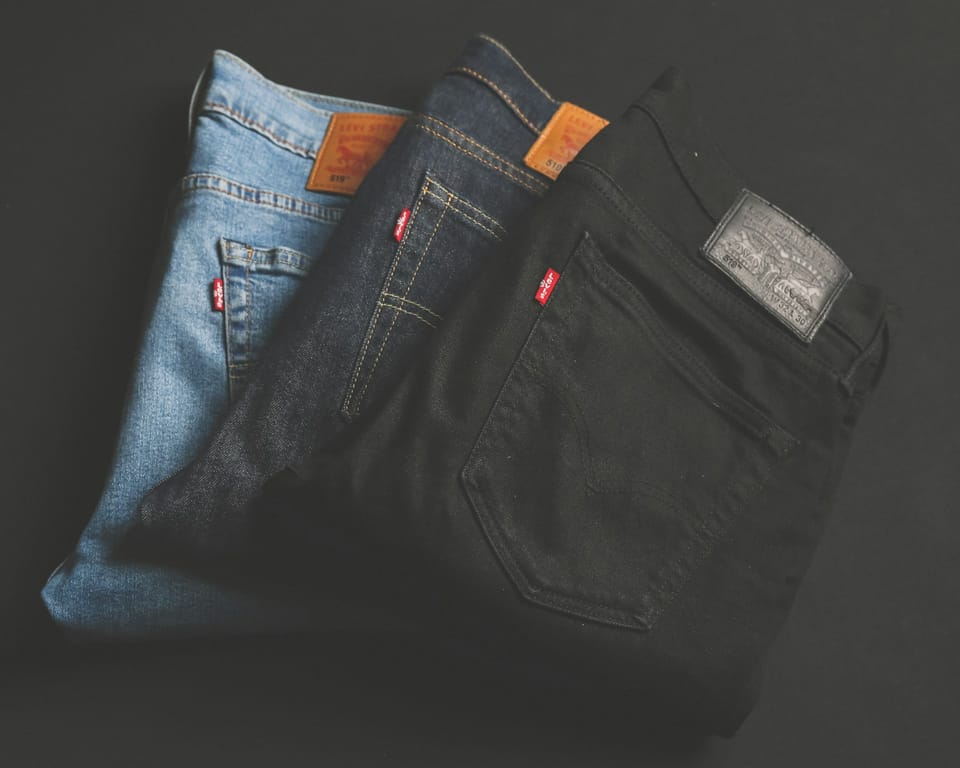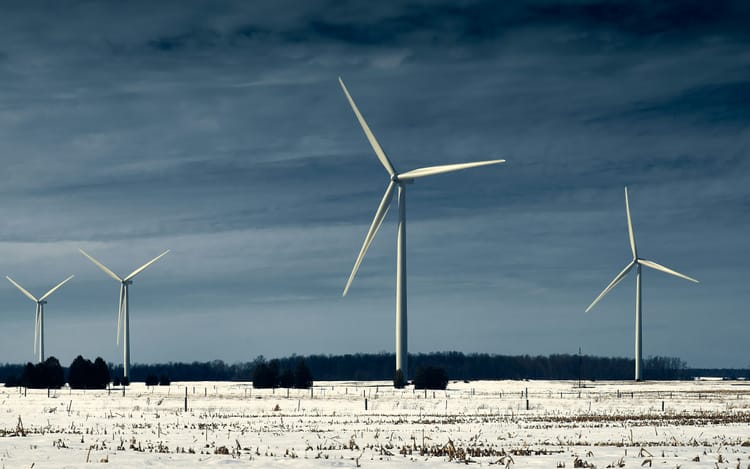Levi Strauss strengthens Scope 3 target, hopes to drive apparel supply chain cooperation

Levi Strauss is aiming to cut absolute Scope 3 emissions by 42% by 2030 as part of its new 2050 net zero goal, which has just been approved by the SBTi.
The company is working from a new base year of 2022, when Scope 3 emissions amounted to 2,108,469 tonnes of CO2 equivalent. This number was already a 23% drop from Levi Strauss’ previous base year of 2016.
The new 42% reduction target should lower the brand’s Scope 3 emissions by nearly 1 million tonnes (885,556 tonnes exactly) – though its Chief Sustainability Officer Jeffrey Hogue warns that “this is about more than just the numbers”.
“Critically, this also means we are moving on to the same time horizon as many other apparel companies, including many that operate with the same suppliers we do. This will enable stronger collaboration with industry peers and supply chain partners to unlock leverage for progress and drive greater impact for our company, our value chain and the apparel industry,” he explained.
According to him, this collaboration could include efforts to help factories transition away from coal, increase renewable energy use, upgrade facilities and collect better primary data. Levi Strauss is a partner of Fashion for Good, an initiative to drive sustainable innovation in the industry.
Levi Strauss land and agricultural emissions
Hogue added that improvements in data collection and modelling over the past decade allowed the company to better assess its climate impact and calculate land and agricultural emissions for the first time – though the new Scope 3 target does not include a specific FLAG (forest, land use and agriculture) emissions goal.
SBTi guidance on setting FLAG emissions targets states that companies that have FLAG-related emissions that total more than 20% of overall emissions across scopes 1, 2 and 3, regardless of sector, are required to set a specific goal.
Cotton represents 88% of all fibres used in production by Levi Strauss, and the company has sustainable sourcing objectives for this commodity, but it has yet to disclose FLAG emissions.
Part of the firm’s strategy is to collaborate with the Better Cotton initiative, like many other players in the apparel sector. But a recent investigation linked cotton bearing the responsible sourcing seal – and purchased by Zara and H&M – to deforestation in Brazil.
2050 net zero target validated by SBTi
The brand’s 2050 net zero target has now been approved by the Science-Based Targets Initiative as 1.5ºC-aligned. This includes reducing absolute Scope 1 and 2 emissions by 90% by 2025 (from a 2016 baseline), and sourcing 100% renewable energy in Levi Strauss facilities by 2025 – two goals that remain unchanged.
As of 2022, the US company had reduced operational emissions by 71%, mainly by adopting 90% renewable electricity to power its operations.
“There are challenges, but we will leverage innovation, supplier engagement, sustainable sourcing and the industry collaborations I mentioned to drive the progress we need to see while strengthening business resilience,” added Hogue.
Levi Strauss is expected to release its next climate transition plan in the coming months.







Member discussion